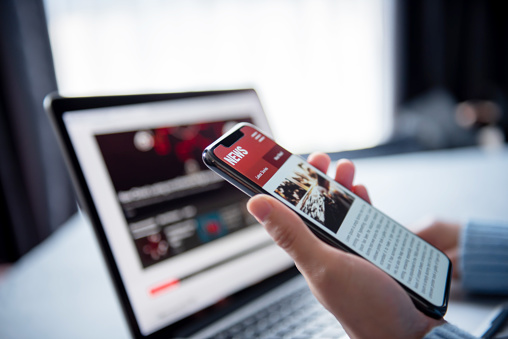The Power of Being Ubiquitous (Rangiwhāwhā)
Dorothy talked about if we want our young people to succeed as well as their priviledged peers, we need to embrace the hours outside of 9-3pm so that they are more empowered digitally.
Prepping lessons and material - making rewindable resource. I could create a rewindable literary resource for my low-level students using Screencastify.
What are you proud of?
In 2020, my partner teacher and I were able to establish a google classroom for work and create zoom meetings to connect with our class.
What do you regret?
I regret that we didn't use Google meet instead of Zoom in March 2020 - I didn't know about it!
What have you taken forward into the 'new' era of schooling?
I have discovered Google Meet, Hapara and Jamboard and most of the Google Apps. And I have enjoyed seeing students engage with these apps, especially Google Maps and Jamboard.
Vicki talked about being 'Cybersmart' and empowering our learners as connected and confident decision makers. It helps students as they move through school, especially outside of the classroom as well. She talked about the 'Cybersmart' learning and the creation of the digital curriculum, empowering young people to make smart decisions.
Cybersmart is about being 'up to date' and this Manaiakalani PLD feels like the right course to do at exactly right time. The apps are changing all the time. She talked about sharing content that you and your whanau would be proud of, talking about respecting others and engaging online and connecting with each other in a kind and positive way. Is it positive, thoughtful and helpful?
I enjoyed using Explain Everything. This is what I created. I think this would be great for Junior students. I wasn't sure if the sound recording had saved on it (not visible) but when I went back into it, it was there.
In the afternoon lesson, I chose to work on Hāpara workspace. Everytime I log into Hāpara I learn something new and it will be very valuable for assessments. I discovered that the 3rd column is the only one that can create deadlines. I created a Cybersmart Workspace as a practice and embedded it into my class site. I even copied some amazing English resources from another workspace to use next year with the Year 10s.
I managed to create gadgets in my blog (a link to my class site) and a 'Favourite books' gadget too which I will add to.

















